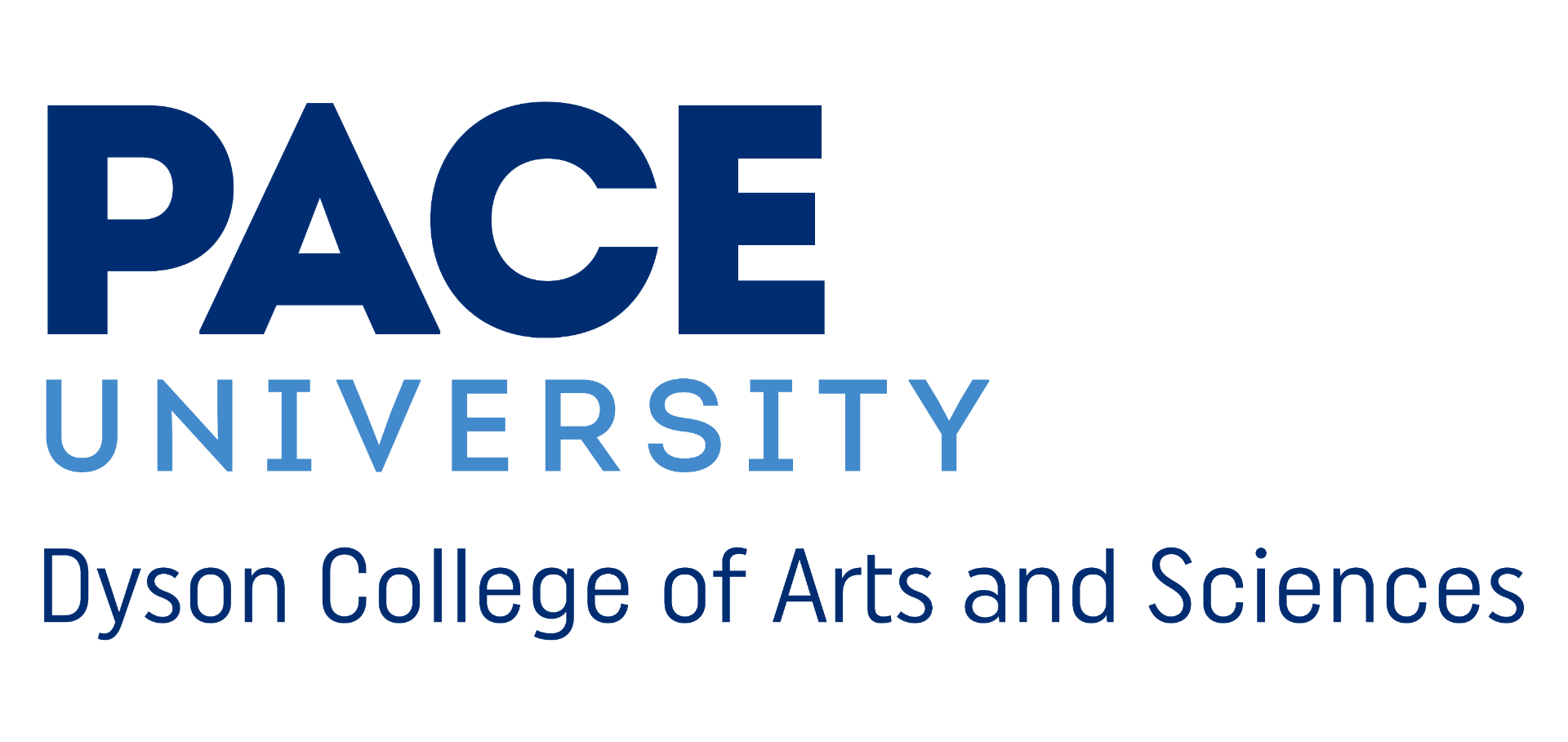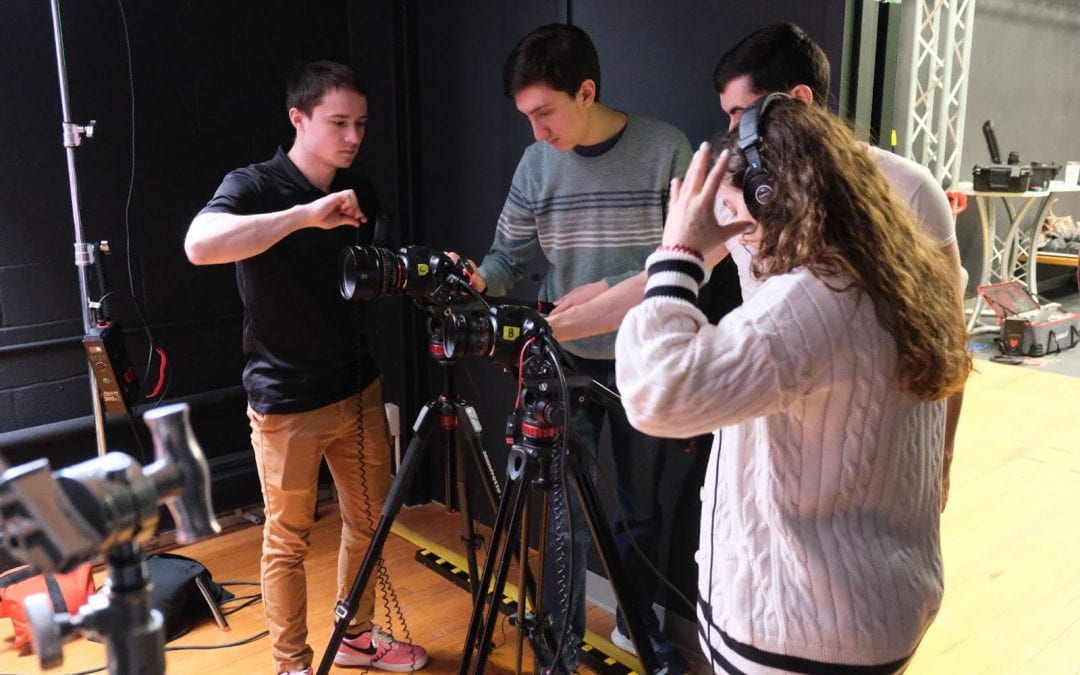What makes a documentary?
Documentaries are powerful stories that provide new perspectives and deeper insight into things we may take for granted every day. They recount real experiences and stories through individuals or groups, and interviews are a large part of them. The interviewee’s testaments ultimately affect the taste and consistency of the story. Countless hours of commitment to accuracy are a part of the documentary formula, similar to a cooper’s craft; traditional art done by hand that is vital in the extended process that makes wine in Spain so exceptional.
In “The Doc” (as we refer to the class), our continuing research has helped stave the way to the heart and story of our production process. However, nothing makes the documentary quite like the interview.
This week, we had the privilege to sit down with Nicholas Paris, wine enthusiast and Pace Alumni. In the interview, we gained insight into his first-hand experience and knowledge of wine production and distribution. Paris oversees cohorts in New York as Director of Wine at E. & J. Gallo Winery, in New Zealand at his family-based Monte Christo Winery, and knows the soil and products of the Andalusia region.

As our first time setting up an interview for the documentary, we learned everything about making the perfect shot. While our class lectures taught us the basics, the hands-on experience we received was priceless.
Setting up for the interview can be daunting. Our interview with Paris differed from what we could expect for filming in Spain because we had ample time to set up. On busy shoot days, the set-up has to be as fast as possible, yet adhering to the standards. Like the barrel and wine-making processes, following the long-standing recipe will give us the best product.
PaceDoc‘s Guide To The Interview
1. Preparation
Research is an important step in understanding the person you’re interviewing. It helps establish meaningful questions that guide the purpose of the documentary.
2. Establish Trust
We have learned that to get a genuine response from the interviewee, you must create a comfortable and encouraging environment. Maintaining neutrality is equally as important for establishing trust.
3. Active Listening
Of course, you must give your full attention to what your subject is saying. Show interest in their responses and do not interrupt. Using nonverbal cues like nodding or eye contact shows you are listening.
4. Ask the right questions
Prepare open-ended questions that start with “how”, “what”, “why”, and “tell me about” to get thoughtful and detailed responses. Asking follow-up questions is equally important to have a thorough understanding of the subject. They allow you to gather further information.
5. Be Flexible:
In an interview, you can only sometimes expect exactly how it will go down. You may go into the interview with established questions and a good idea of the information you’ll get. However, you may have to adapt your approach if the conversation takes a turn, so it is important to be prepared.

The PaceDocs team eagerly anticipates their travels to Spain, putting everything we have learned to the real test. Stay tuned, because in just 15 days we will embark on the journey of a lifetime!
Contributing Writer: Jackson Blackburn

